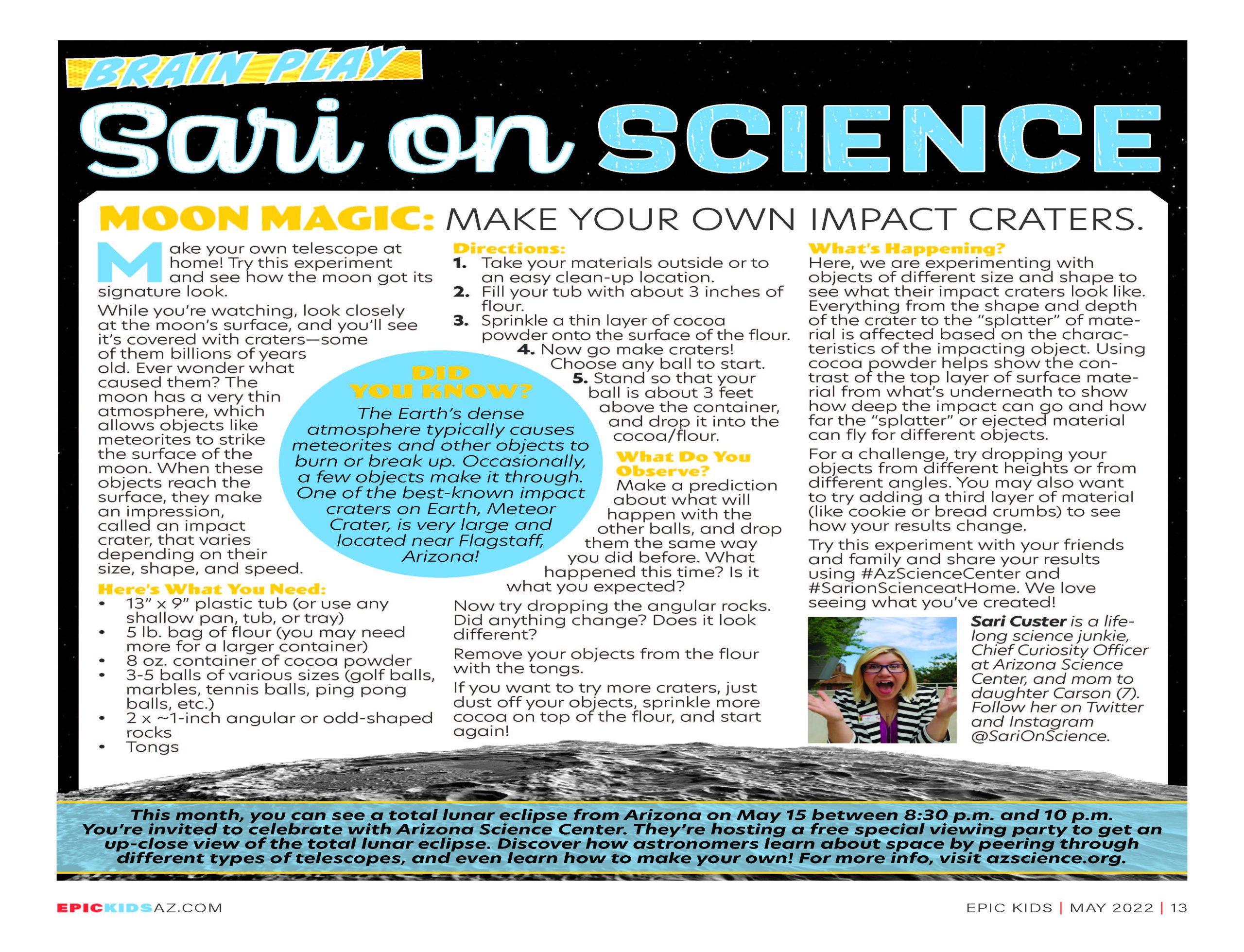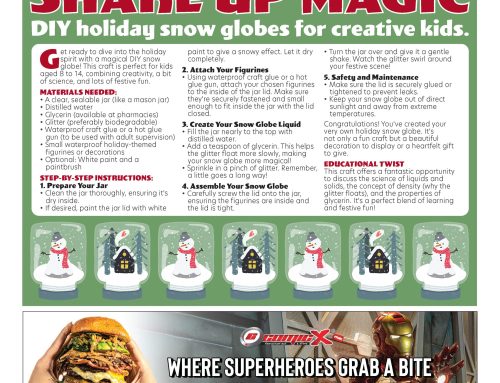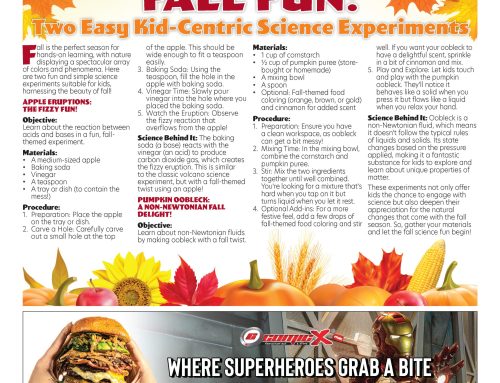Moon Magic
Make your own impact craters.
Make your own telescope at home! Try this experiment and see how the moon got its signature look.
While you’re watching, look closely at the moon’s surface, and you’ll see it’s covered with craters––some of them billions of years old. Ever wonder what caused them? The moon has a very thin atmosphere, which allows objects like meteorites to strike the surface of the moon. When these objects reach the surface, they make an impression, called an impact crater, that varies depending on their size, shape, and speed.
Here’s what you need:
13” x 9” plastic tub (or use any shallow pan, tub, or tray)
5 lb. bag of flour (you may need more for a larger container)
8 oz. container of cocoa powder
3-5 balls of various sizes (golf balls, marbles, tennis balls, ping pong balls, etc.)
2 x ~1-inch angular or odd-shaped rocks
Tongs
Directions:
Take your materials outside or to an easy clean-up location.
Fill your tub with about 3 inches of flour.
Sprinkle a thin layer of cocoa powder onto the surface of the flour.
Now go make craters! Choose any ball to start.
Stand so that your ball is about 3 feet above the container, and drop it into the cocoa/flour.
What Do You Observe?
Make a prediction about what will happen with the other balls, and drop them the same way you did before.
What happened this time? Is it what you expected?
Now try dropping the angular rocks. Did anything change? Does it look different?
Remove your objects from the flour with the tongs.
If you want to try more craters, just dust off your objects, sprinkle more cocoa on top of the flour, and start again!
What’s Happening?
Here, we are experimenting with objects of different size and shape to see what their impact craters look like. Everything from the shape and depth of the crater to the “splatter” of material is affected based on the characteristics of the impacting object. Using cocoa powder helps show the contrast of the top layer of surface material from what’s underneath to show how deep the impact can go and how far the “splatter” or ejected material can fly for different objects.
For a challenge, try dropping your objects from different heights or from different angles. You may also want to try adding a third layer of material (like cookie or bread crumbs) to see how your results change.
Try this experiment with your friends and family and share your results with us using #AzScienceCenter and #SarionScienceatHome. We love seeing what you’ve created.
Did you know?
The Earth’s dense atmosphere typically causes meteorites and other objects to burn or break up. Occasionally, a few objects make it through. One of the best-known impact craters on Earth, Meteor Crater, is very large and located near Flagstaff, Arizona!
This month, you can see a total lunar eclipse from Arizona on May 15 between 8:30 p.m. and 10 p.m. You’re invited to celebrate with Arizona Science Center. They’re hosting a free special viewing party to get an up-close view of the total lunar eclipse. Discover how astronomers learn about space by peering through different types of telescopes, and even learn how to make your own! For more info, visit azscience.org .






